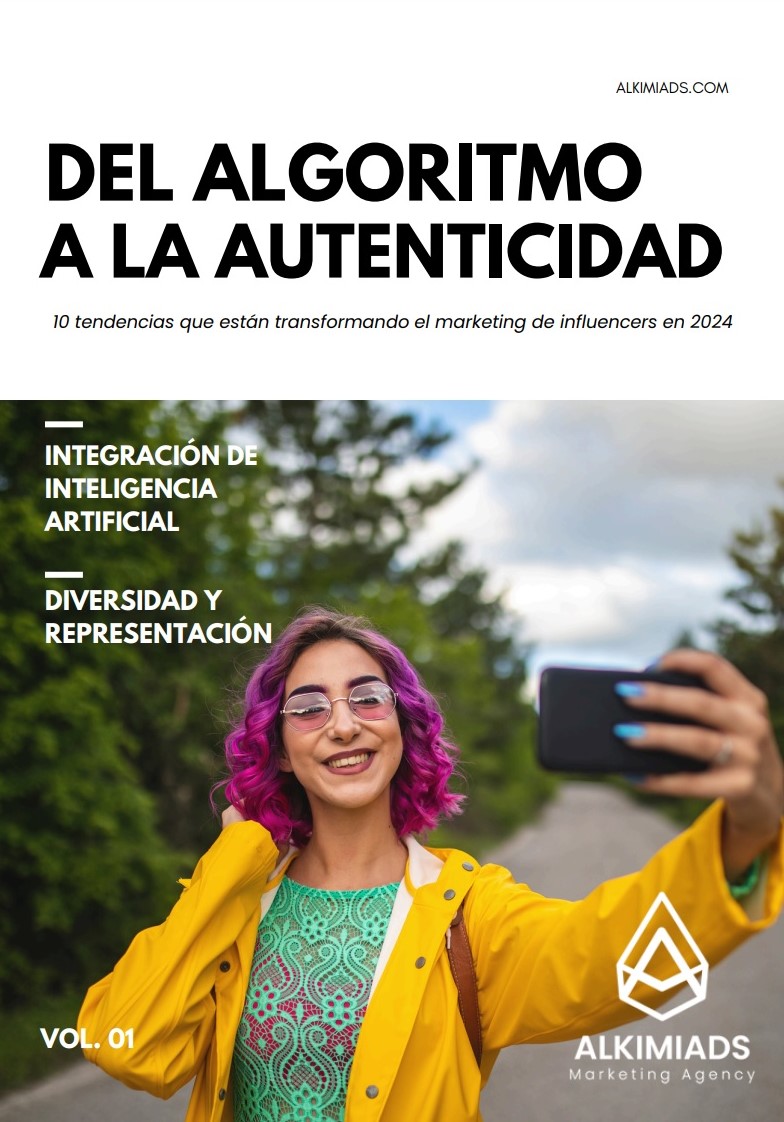Learn how combining digital marketing with traditional strategies and influencer marketing can create strong campaigns for 2025. Get ready to engage with your audience like never before!
What You Need to Know
As we head into 2025, marketing is changing fast. Brands that mix digital and traditional marketing can reach more people and be more effective. Here’s how you can use these strategies together:
Key Elements of a Successful Marketing Mix
- Understand the mix: In 2025, you’ll see a mix of digital channels (like social media) and traditional media (like TV and print). Both are important for sharing your message.
- Know your brand: Think about what your brand does well and where it can improve. Use this knowledge to create a strategy that uses both types of marketing.
- Stay updated on trends: Marketing trends change quickly. Follow new developments in technology and consumer behavior to keep your strategies fresh.
Leverage Influencer Marketing
Influencer marketing is a big deal today. Here’s how to use it effectively:
- Find the right influencers: Choose influencers who share your brand’s values. They can help spread your message to their followers.
- Build trust: People trust messages from familiar faces. Using influencers can make your brand feel more relatable.
- Engage with micro-influencers: Micro-influencers (those with smaller but highly engaged followings) can often reach niche audiences effectively. They may charge less and have a more loyal audience.
Create a Seamless Online Presence
To connect digital and traditional marketing, make sure your brand looks the same everywhere:
- Consistent branding: Use the same logos, colors, and slogans across all platforms—social media, email, and print. This helps people recognize your brand easily.
- Website optimization: Ensure that your website is user-friendly and mobile-responsive. A well-designed website can enhance user experience and drive conversions.
- Unified messaging: Your messages should reflect your brand’s mission and values consistently across all channels. This builds a stronger connection with your audience.
Strategies for Blending Marketing Efforts
Here are some effective ways to mix digital and traditional marketing:
- Drive traffic both ways: Use traditional ads to guide people to your website or social media. Promote events online that are also in print.
- Timing matters: Make sure your messages reach the right people at the right time to improve sales.
- Use QR codes: Integrate QR codes in print materials. This allows customers to easily access your website or social media pages with their smartphones.
- Cross-promote events: If you’re hosting a live event, promote it through social media and traditional advertising to maximize attendance.
Using Data Analytics to Measure Success
Data analytics is key for understanding how well your marketing works:
- Track important numbers like conversion rates and engagement levels.
- Use this information to adjust your strategies and improve results.
- A/B testing: Experiment with different versions of your campaigns to see which one performs better. A/B testing helps you refine your approach based on actual data.
Identify Your Target Audience
Knowing who you’re talking to is crucial for success:
- Do your research: Learn about your audience’s likes, behaviors, and demographics.
- Personalize your messages: Tailor your marketing to different groups for better engagement.
- Create buyer personas: Develop detailed profiles of your ideal customers. This helps you understand their needs, preferences, and pain points.
The Role of Social Media in Marketing
Social media is essential for connecting with audiences, especially through influencers:
- Engaging content: Create fun and shareable posts that encourage interaction.
- Community building: Use social media to build a sense of community around your brand.
- Live streaming: Consider using live video to engage with your audience in real time. Live events can create excitement and encourage participation.
Best Practices for Combining Media
To make sure traditional and social media work well together, follow these tips:
- Promote each other: Use TV ads to encourage viewers to follow you online, and show social media highlights in print ads.
- Cross-channel campaigns: Create campaigns that use both types of media for a stronger impact.
- Leverage user-generated content: Encourage your customers to share their experiences with your brand on social media. This can enhance authenticity and build trust.
Measuring Social Media Impact
To see how social media affects your overall marketing:
- Set clear goals for engagement and conversions.
- Analyze likes, shares, and comments to gauge success.
- Monitor traffic from social media to your website. This helps you understand how well social media is driving business results.
Incorporate Traditional Channels in Your Digital Strategy
Mixing traditional marketing with digital strategies can be very effective:
- Use direct mail to send people to your website or host live events promoted online.
- This approach reaches audiences who might not engage with digital platforms as much.
- Utilize print ads for local campaigns: If you have a local business, print ads in community newspapers can reach audiences who may not be active online.
The Power of Email Marketing
Email marketing is still strong when combined with traditional methods:
- Collect emails through events or promotions.
- Send targeted emails to keep your audience informed and engaged.
- Segment your email list: Divide your email subscribers into groups based on their interests or behaviors. This allows you to send tailored content that resonates with each group.
Create a Balanced Marketing Strategy
A balanced approach helps you reach more people:
- Assess the strengths of each channel and allocate resources wisely.
- Test different strategies and refine them based on feedback.
- Set measurable goals: Define what success looks like for each campaign. This helps you stay focused and evaluate outcomes effectively.
Challenges in Integration
Even with great benefits, there are challenges:
- Be aware of inconsistent messages across platforms.
- Set clear goals for each channel to avoid confusion.
- Resource allocation issues: It can be challenging to decide how much budget and time to allocate to each type of marketing.
Overcoming Barriers to Integration
To overcome challenges, take these steps:
- Foster teamwork between digital and traditional marketing teams.
- Encourage ongoing training to keep everyone updated on trends.
- Regularly review performance metrics: Analyze the effectiveness of both digital and traditional efforts. This helps identify areas for improvement.
Stay Adaptable
Keep adjusting your strategies as marketing changes:
- Be open to trying new platforms and trends.
- Stay flexible to keep your strategies effective in a fast-paced world.
- Embrace technology advancements: Keep an eye on emerging technologies that can enhance your marketing efforts, such as artificial intelligence (AI) tools for data analysis.
Conclusion
In conclusion, integrating digital and traditional marketing is essential for success in 2025. By understanding the key elements of a successful marketing mix, leveraging influencer marketing, creating a seamless online presence, and measuring success through data analytics, you can elevate your brand’s visibility and engagement. Remember to identify your target audience, utilize social media effectively, and stay adaptable in a changing landscape. With these strategies in hand, you’ll be well-prepared to thrive in the evolving world of marketing!
By following these tips, you’ll be ready to integrate digital and traditional marketing successfully in 2025!






















